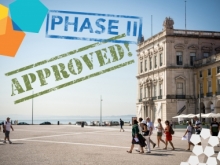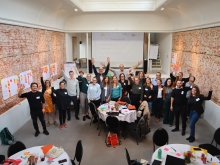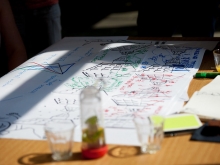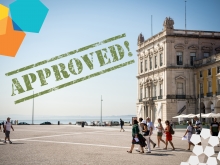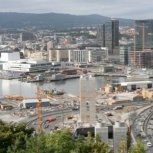
Oslo
Oslo is the oldest of the Scandinavian capitals, with a history stretching back 1,000 years to when the first settlements were built at the inlet of the Oslo fjord. Today, it is a major capital city, a key port, a regional transport hub, a tourist destination, and a scientific and academic centre. A particularly green city, Oslo has protected forest or recreational areas covering two thirds of its 450km2. The city centre is surrounded by woods, lakes and a fjord with forty islands. The waterfront area is increasingly being opened up for recreation, cultural attractions and accommodation.
The municipality of Oslo had a population of 613,000 inhabitants and the wider region 925,200 in 2012. However, the population is increasing at a record rate, making Oslo one of the fastest growing cities in Europe. The main employment sectors are the shipping industry, IT, telecommunications, offshore and onshore engineering activities, biotechnology and pharmaceuticals. The City of Oslo meanwhile employs some 43,000 people. The unemployment rate is particularly low, at 3.2%, while the average household income is high at €45,250, based on 2010 figures.
Tourism is focused on the city’s attractions, the sea and the surrounding hills—which provide hiking and mountain biking during the summer months, when Oslo enjoys 21 hours a day of sunlight. In winter, Oslo is the only major European city that makes skiing and other winter sports possible just 20 minutes from the city centre. As the former capital of the Vikings, the city’s historic attractions are led by the Viking Ship Museum
SOME RELATED NETWORKS
CityLogo
Resourceful Cities
News
News from our networks – 12 February 2021
Article
23 Action Planning Networks ready for Phase 2!
Article
Introducing the Resourceful Cities Action Planning Network: Driving citizen centred, resource-based transition in cities across Europe
News
EU Urban Agenda: what can URBACT cities bring to the table?
News




